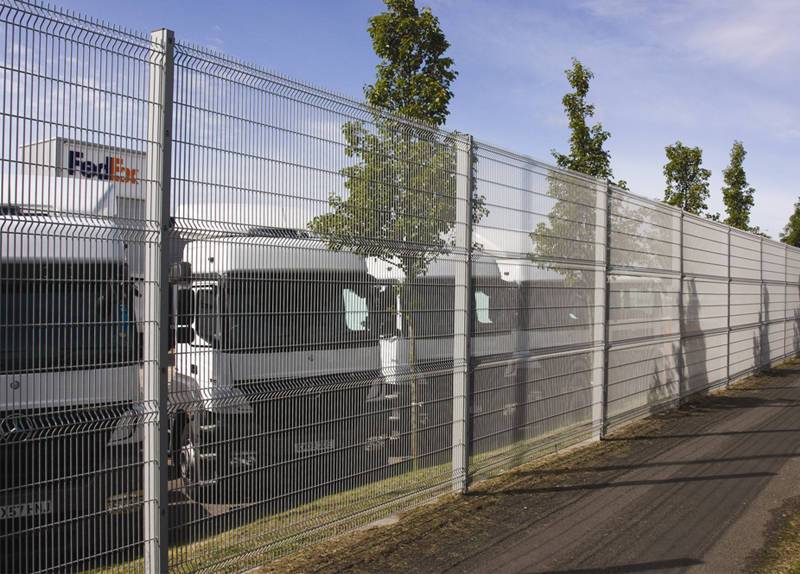How to deal with the surface of the fence
Fences are usually used outdoors. The reason why anti-corrosion and anti-embroidery are important is that the anti-corrosion treatment of fences can be divided into plastic-impregnated and spray-painted. So what is the difference between these two methods? Distinguish the surface of the fence net by plastic and electrostatic spraying. The plastic-impregnated fence net is based on the fence net, and the aging polymer resin is the surface layer (thickness 0.5-1.0MM).
It has the characteristics of anti-corrosion and anti-rust, acid and alkali resistance, waterproof, insulation, good touch, green environmental protection, durability and so on. It is the upgraded product of traditional paint, hot dip galvanizing and other coatings. The basic principle of plastic spray fence: use electrostatic induction powder spraying equipment (electrostatic spray machine) to spray paint to the outer surface of the fence.

Under the effect of static electricity, the powder will be attracted to the surface of the fence mesh uniformly, resulting in a powdery coating; the powdery coating is leveled and cured by a high-temperature oven to become a post-coating with different effects; the spraying effect is in mechanical strength, adhesion Heli and other aspects are better than the spray paint process, and the cost is also under the same effect of spray paint.
Difference between fence net dip and electrostatic spray: under normal circumstances, the effect of dip plastic practice is better than electrostatic spray. In recent years, fence net dip processing technology has become more and more widely used. It has the characteristics of non-toxicity, abrasion resistance, light fastness, bright color and good touch. From the appearance, the surface of the plastic sprayed surface is harder and smoother than the plastic coated surface.
-
 Caja de gaviones 08. 03, 2021
Caja de gaviones 08. 03, 2021 Dos usos comunes de la valla de malla ciclónica 04. 01, 2021
Dos usos comunes de la valla de malla ciclónica 04. 01, 2021 -
 Triangle iron European guardrail 09. 29, 2020
Triangle iron European guardrail 09. 29, 2020 Learn about metal decorative mesh 09. 24, 2020
Learn about metal decorative mesh 09. 24, 2020 How to choose high-quality metal decorative mesh 09. 24, 2020
How to choose high-quality metal decorative mesh 09. 24, 2020

- Teléfono: +86 311 83077076
- Correo electrónico: natalia@qunkun.net
- Skype: qunkunsales01
- WhatsApp: +8615533680669
- Añadir: No 69-70, el parque industrial de filtros del condado de Anping, Hebei China
















